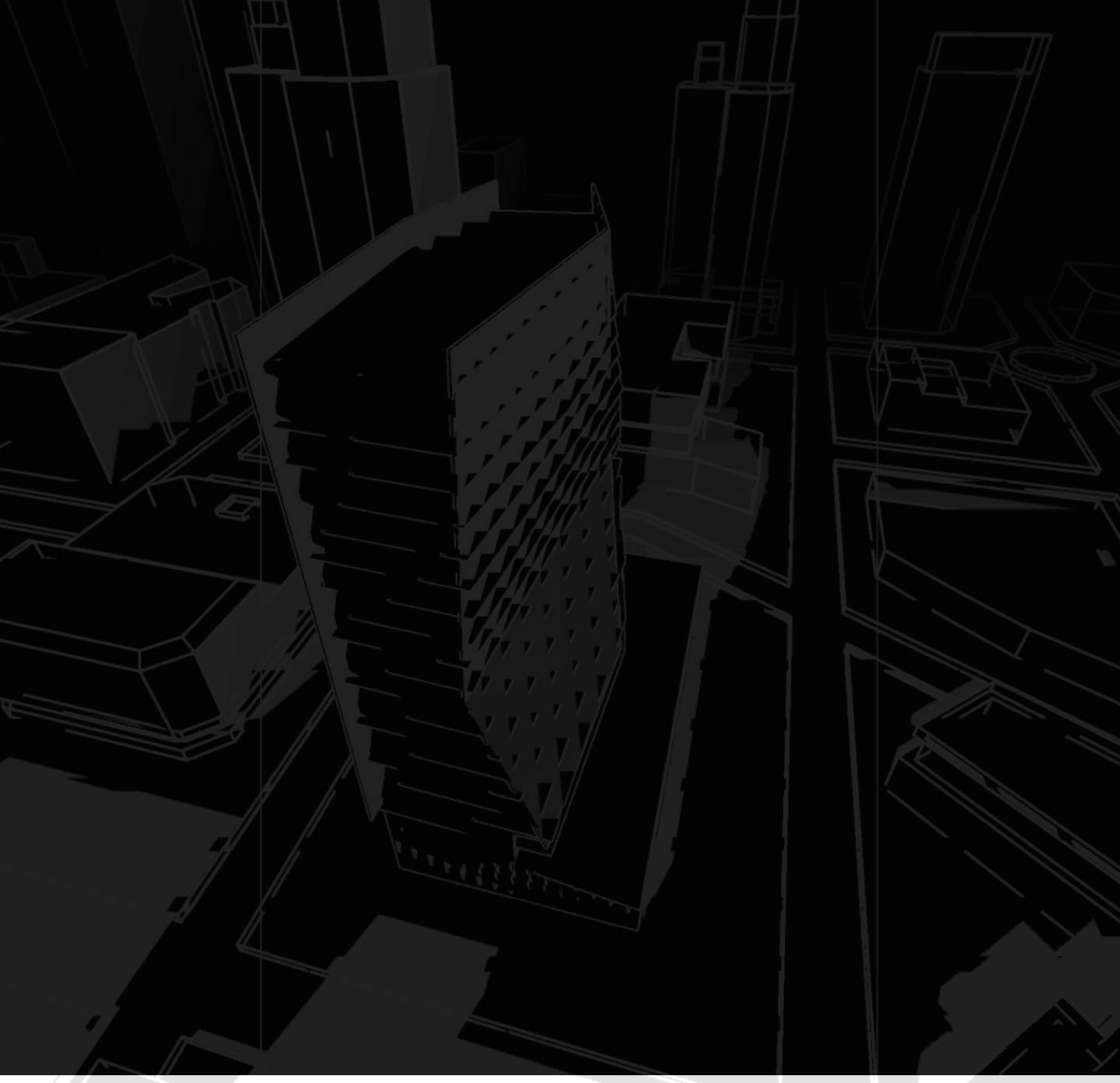"Our user base is about 30% architects today, and we're seeing [our users] leverage data in its current form to do things like specify lower carbon options with things like carpet, try to optimize structural systems like concrete mixed design, and really, actually asking for [Building Transparency] to integrate more data more effectively in the design tools that they use to make decisions. So, that's a push next year to sort of figure out how we can partner with folks like [cove.tool], but also in our tools provide designers with the data they need at the time of decisions."
In an insightful conversation at the 2023 Greenbuild Conference and Expo in Washington, D.C., Building Transparency’s Executive Director, Stacy Smedley, shed light on the core mission of Building Transparency and the projects in the pipeline over the next year.
Generic Data Set for Research Products
The innovative organization is driven by providing open access to regulated data. One of the exciting global initiatives Building Transparency is partaking in aims to create a generic dataset for research products, specifically carbon emissions. These datasets could be used in any tool that requires carbon data, leading to the growth of eco-superior tools and the data itself across all material categories. This project hopes to bring about significant changes in the industry.
Evolution of Carbon Data Usage in Design
Over the years, the use of carbon data in design has seen significant evolution. Due to the demand for more integrated and effective use of the data in the design phase growing stronger, users have been leveraging the data in its current form for various applications such as specifying and optimizing specific design elements.
In response, Building Transparency is pushing to provide designers with more accessible and comprehensive data in the coming year. This step will further equip designers to make more eco-friendly and sustainable decisions in their projects.
The Exciting Future of the Green Building Industry
When asked about the most exciting aspect of the green building industry, Smedley pointed to the level of collaboration and sharing happening around embodied carbon. The collaborative model is not just limited to this area; it permeates other aspects of green building and sustainability, too. The industry is brimming with individuals and organizations ready to share their expertise and knowledge for collective action toward a sustainable future. This level of cooperation makes the green building industry space such an exciting field to work in.
Building Transparency is at the forefront of promoting sustainable practices in the construction industry. Their work in developing accessible carbon data and fostering a culture of collaboration sets a strong precedent for other organizations in the industry. As we move forward, the role of data and cooperation in driving sustainable practices will only increase, paving the way for an eco-friendly future.
